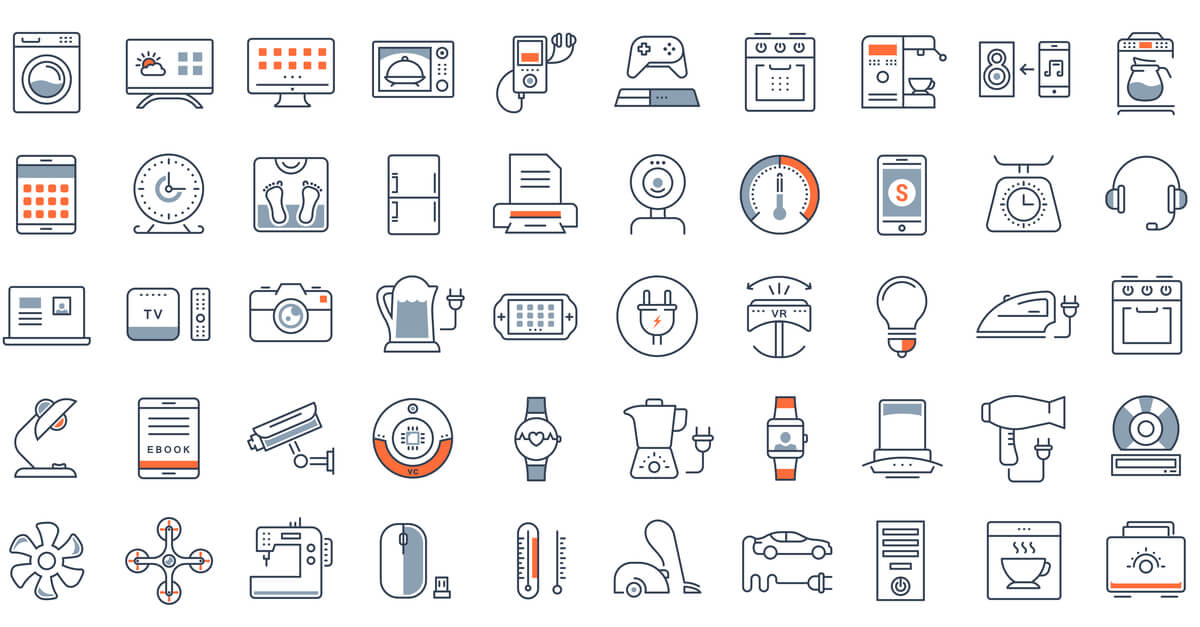- About Us
- Our Services
- Training Expertise
- Crisis Management for Business & Industry
- DOT PHMSA ALERT Rail Car Training
- Emergency Management
- Environmental & HAZMAT
- First Response & HAZWOPER
- Maritime Security
- OSHA Training/Confined Space
- RDPC
- Safer News Gathering
- Safer Ohio Schools Using Threat Assessment Management
- School Safety & Security
- Workplace Violence Prevention
- Courses
- Our Clients
- Media
The Dangers of Industrial Entropy

One of the recently-rising modern business catchphrases is “Internet Of Things”, or IoT. IoT refers to those devices that have been assimilated into Internet connectivity but were built for another purpose.
For example, a laptop is a standardly connected device, but a refrigerator is not. Even so, that fridge might connect to the web so that an owner can monitor its efficiency, even audit the contents.
Workplaces are filling up with devices in the IoT category. One example is inventory monitoring. A vendor who supplies a commodity to a food maker can directly and remotely watch a storage bin, and when the material supply drops, they can remind their customer to re-order. And employees are often quick adopters of IoT, even if devices in that category extend to their person. Wired magazine once reported that “three out of five respondents say they’d be willing to try wearable devices if it helped them do their job better.” Wired says this is attitude is even more prevalent among Millennials. So IoT is ubiquitous, and we’re not likely going back – soon, everything that can be connected to the web will be, increasing the demand for tight corporate Internet security.
A Google engineer named Prashant Dhingra recently posted the first of a series of blog articles on the use of IoT to help predict the need for maintenance (or the demise) of workplace machines. In the series, Dhingra hopes to explain “how predictive maintenance can function to reduce downtime, reduce maintenance costs and improve operational effectiveness and safety, by identifying impending failures before they occur.” In other words, using remote monitoring to help predict entropy. Is this machine slowing down, not working well, and nearing the end of its life-cycle?
The impetus for such research and comment is productivity. If a manufacturer can use onboard sensors and cloud computing to foresee the time when a machine will no longer function correctly, then they can make arrangements for the least amount of downtime.
Entropy in machines is something that EHS managers should take an interest in, as well. Internet-connected devices can provide their status in the event of an incident or give warning in case of a pending system failure that would endanger a worker.
When we talk about industrial safety, we most commonly think in terms of fall arresters, good stair tread, spill cleanup and the like. But an old, malfunctioning machine can be just as dangerous as a wet staircase or an accidental release of a hazardous material. Even if the manufacturing device has proper safeguards, a machine operator might forget safe work procedures if the machine is not performing as he or she expects. However, if they know that the machine is nearing a time when it should be rebuilt, then they are more likely to continue to work safely, as opposed to ‘forcing it’ out of frustration. Understanding that a machine is expected to enter a phase of poor condition soon is a safety advantage to both EHS teams and the general workforce.
How is your company using IoT? Are you working with your information technology team and industrial scientists? Coordination of these groups and sharing what is learned from IoT devices can lead to improved safety records. And IoT does not need to be sophisticated to be helpful. A network of inexpensive wireless water detectors, each priced as low as thirty dollars, can help EHS techs keep tabs on areas prone to flooding. All the manager needs is their smartphone, and they can watch these spots from anywhere.
IoT use for the benefit of proactive safety is part of a mindset that comes from the kind of training Findlay All Hazards provides. Findlay’s Custom Corporate Training programs help safety and security managers leverage the enterprise assets for the benefit of a safer workplace.
